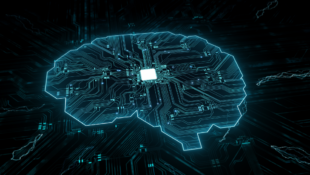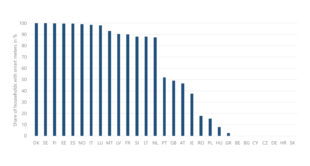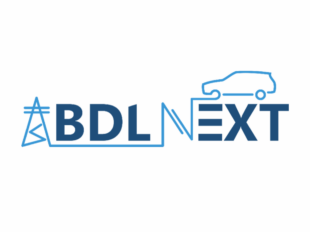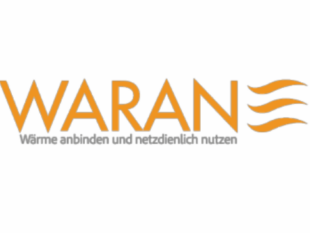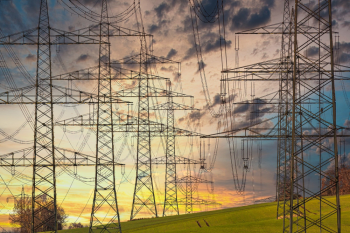Grids
What does a viable future measurement and control infrastructure for the power grid look like?
The digitization of the energy transition was initiated in Germany with the law of the same name in 2016. The rollout of smart metering systems provides an interoperable and secure communications infrastructure that provides high-resolution metering data and enables systems to be controlled. This newly created infrastructure is available to all authorized players, which on the one hand, allows many business models but also requires coordination in terms of use.
Specifically, we consider the following questions:
- How do transformation paths look?
- What can I do with these smart meters? And what is not possible?
- What requirements does the energy transition have for the measurement and control infrastructure?
- What can the current infrastructure do?
- Why is the smart meter rollout so slow? What can we do about it?
- Controlability? 14a?
- Multi-branch/value-added services?

